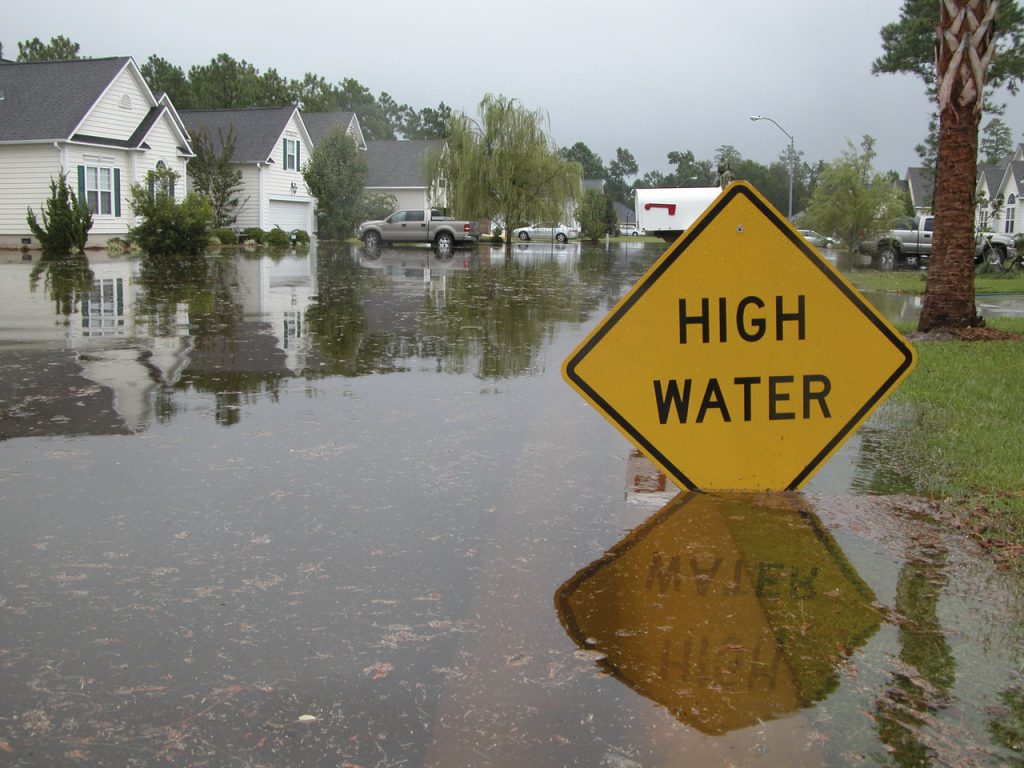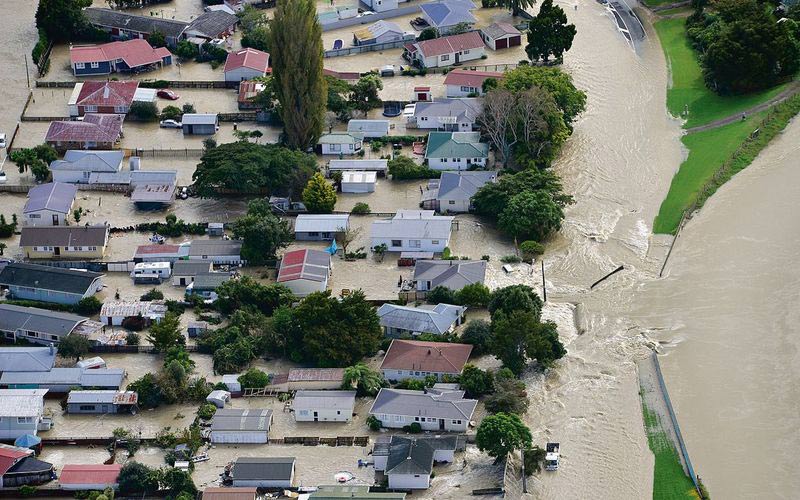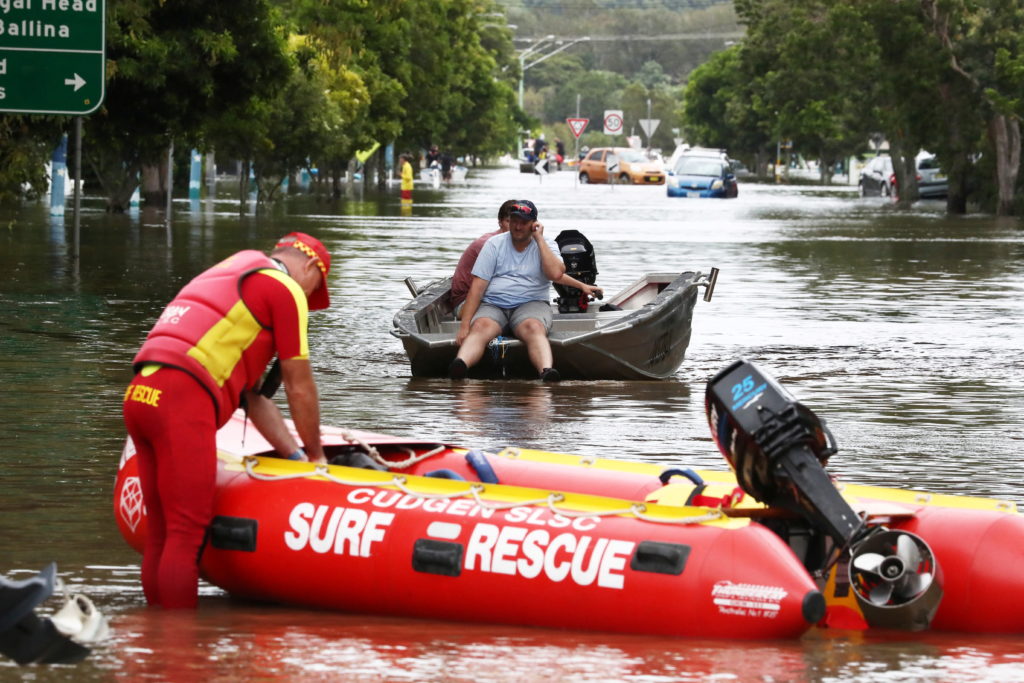The Road to Recovery: Rebuilding Communities and Ecosystems After Floods
Floods are among the most devastating natural disasters, affecting both communities and ecosystems. The aftermath of a flood presents immense challenges, but also opportunities to implement comprehensive recovery strategies that foster community resilience and restore the environment.

The initial phase of recovery involves assessing the damage to infrastructure, homes, and public services. Restoration experts work closely with local authorities to prioritize immediate needs such as emergency housing, clean water supply, and medical support. Simultaneously, community engagement becomes paramount to ensure that recovery efforts are tailored to the unique needs and concerns of each affected area.
Ecosystems also suffer in the wake of floods, with soil erosion, water pollution, and loss of biodiversity being common outcomes. A crucial step in post-flood recovery is implementing measures to stabilize soil, prevent further erosion, and restore aquatic habitats. This may involve planting native vegetation, constructing sediment retention structures, and creating buffer zones along water bodies.
Long-term recovery plans encompass both physical and psychological aspects. Rebuilding homes and infrastructure using flood-resistant designs is essential to minimize future risks. Equally important is addressing the emotional toll on individuals and communities. Counseling services, support groups, and community events can help residents heal emotionally while rebuilding their lives.
Recovery after floods requires a holistic approach that integrates engineering, ecology, and psychology. By engaging with communities, implementing sustainable infrastructure, and restoring ecosystems, experts can build resilience, foster healing, and pave the way for a more secure and harmonious future.
Striking a Balance: Community-Centered Restoration and Environmental Rehabilitation
In the aftermath of floods, recovery efforts must balance the needs of both communities and the environment. While rebuilding homes and infrastructure is vital, the restoration of ecosystems and the mitigation of future flood risks are equally essential components of the recovery process.
Community-centered restoration involves working closely with residents to understand their priorities and aspirations. Residents should be engaged in decision-making processes, ensuring that recovery plans align with their needs and preferences. This approach fosters a sense of ownership and empowerment, which are crucial for the long-term success of recovery efforts.
Environmental rehabilitation is equally vital. Floods often lead to soil erosion and sedimentation in water bodies, compromising water quality and aquatic habitats. Restoration services should focus on erosion control, reforestation, and wetland restoration to stabilize ecosystems and improve flood resilience. These measures not only benefit the environment but also contribute to the overall well-being of communities.
One innovative approach is the creation of green infrastructure. Floodplain restoration, rain gardens, and permeable pavements help manage stormwater, reduce flood risks, and enhance the aesthetic value of communities. Green infrastructure not only restores natural hydrological processes but also provides recreational spaces for residents.
The journey of recovery after floods involves harmonizing the needs of communities with the restoration of ecosystems. By embracing community engagement, implementing sustainable practices, and integrating green infrastructure, experts can build a more resilient and vibrant future for both people and the environment.

Towards Sustainable Resilience: Incorporating Environmental Considerations into Post-Flood Recovery
Post-flood recovery is an opportunity to build not just resilience but also sustainability. The restoration of communities and ecosystems after floods requires a forward-looking approach that addresses not only immediate needs but also the long-term well-being of both human societies and the environment.
Sustainable infrastructure is a cornerstone of post-flood recovery. Incorporating resilient designs and materials into rebuilding efforts can minimize future flood risks and reduce the likelihood of damage in subsequent events. Smart urban planning, elevation of structures, and strategic land use can significantly enhance community resilience.
At the same time, restoring ecosystems is integral to flood mitigation and long-term environmental health. Wetlands, for instance, act as natural sponges, absorbing excess water and reducing flood intensity. Re-establishing and protecting these natural features can offer dual benefits of flood reduction and enhanced biodiversity.
A significant consideration in recovery planning is climate change adaptation. Rising sea levels and changing precipitation patterns amplify flood risks. Recovery services must work with climate experts to incorporate projections into their strategies, ensuring that communities and ecosystems are prepared for future challenges.
In conclusion, the journey of recovery after floods is an opportunity to create a more resilient, sustainable, and harmonious future. By integrating sustainable infrastructure, ecosystem restoration, and climate adaptation, experts can lead communities and the environment towards a brighter and more secure tomorrow.
